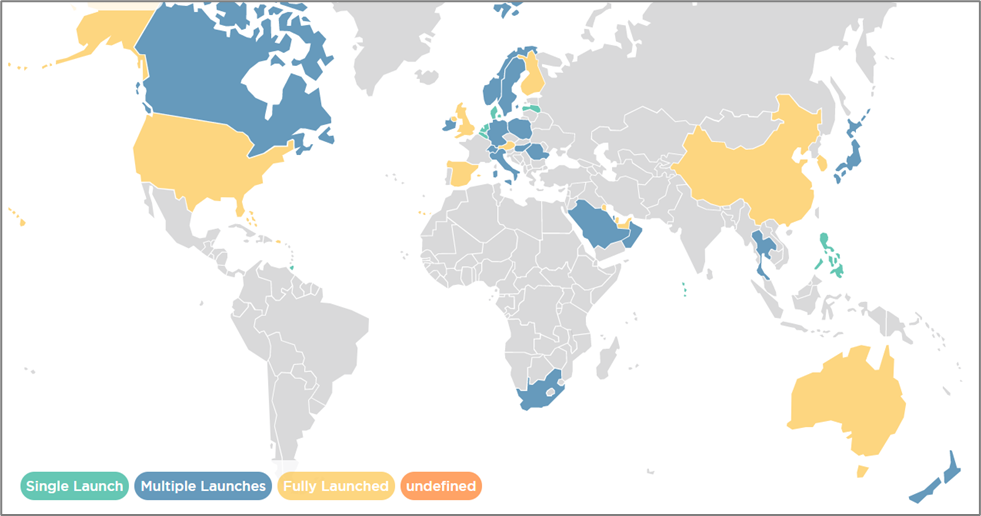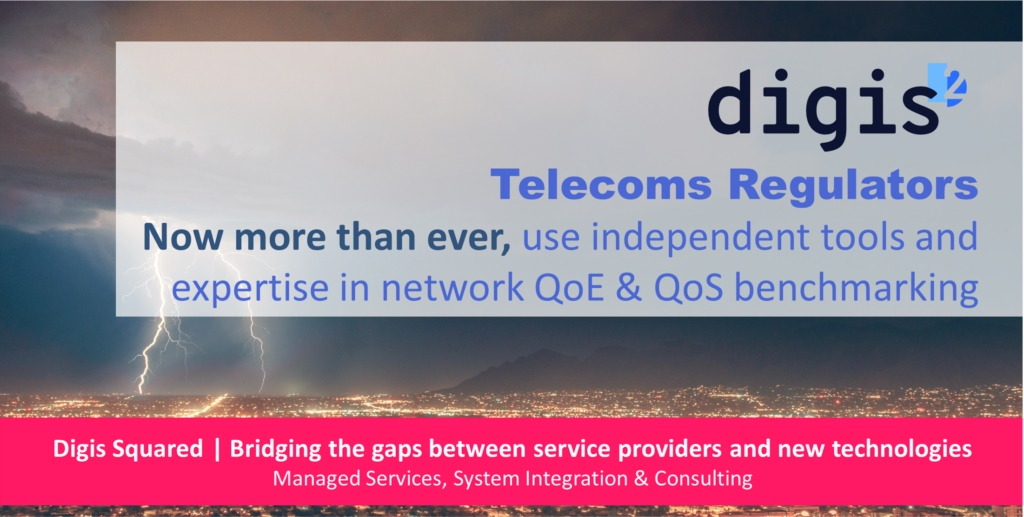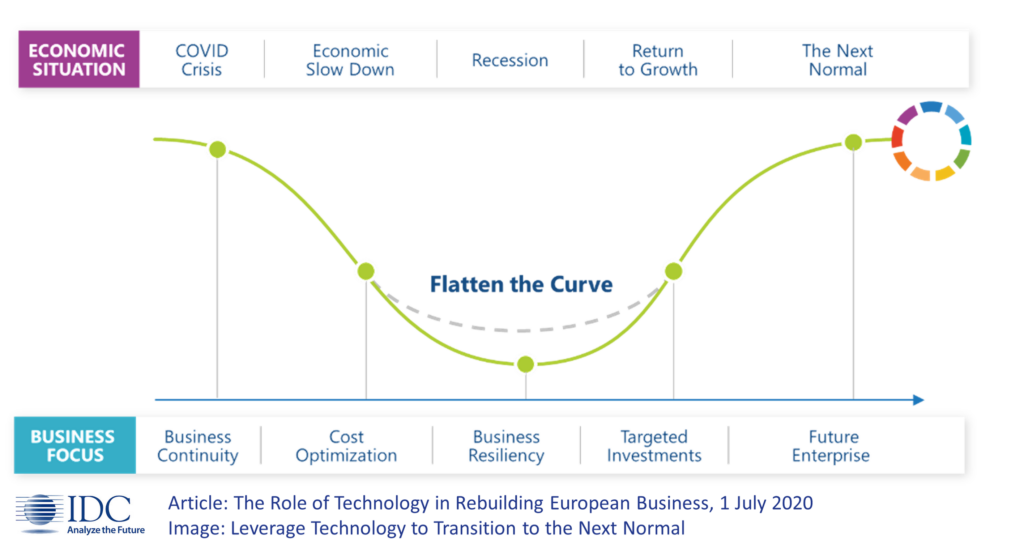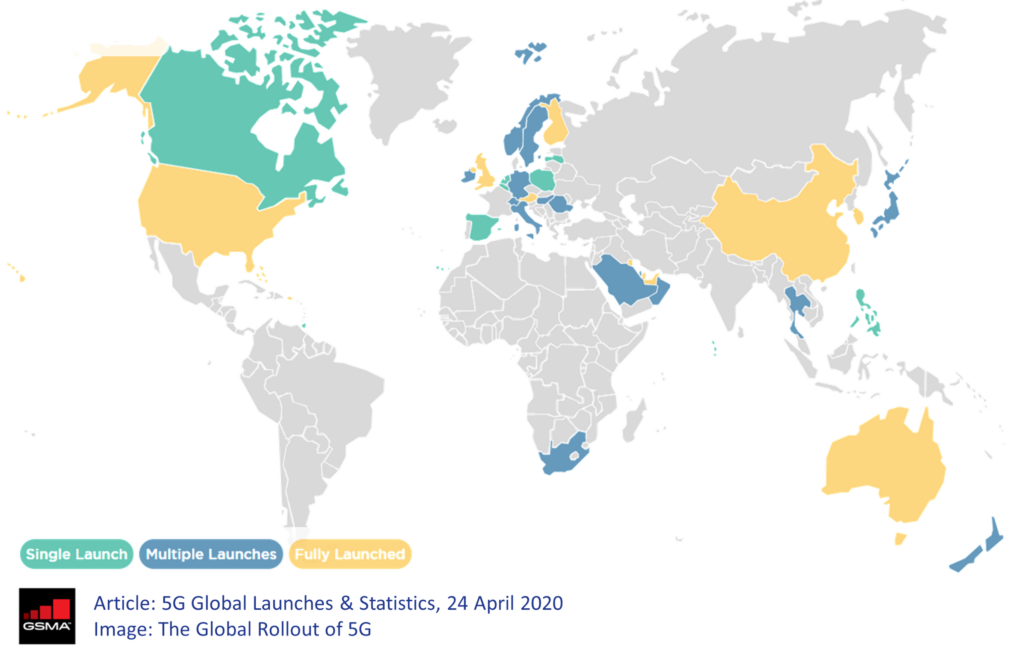Is this the perfect storm of telecoms technical complexity?
As network deployments get more complex, capacity management more difficult to predict, and customer demands rise, how can Telecoms Regulators help deliver the best customer experience?
Globally, 5G deployments are picking up pace, and 2G and 3G networks starting to be retired – engineers at MNOs and CSPs* are knee-deep in complexity, managing technology sunset strategies, IoT connectivity migrations, and adding new layers of 5G components into the patchwork of systems from multiple vendors. This activity brings with it more new operational systems and alarms to integrate (and disentangle), and extra work to try to bring everything together into a cohesive system.
On top of that, the operational teams within MNOs and CSPs have been working hard this year to reconfigure networks to handle shifts in demand, as the pandemic forces huge numbers of people to suddenly work and study from home, and unpredictable demand patterns are addressed as best as possible.
Is this the perfect storm of telecoms technical complexity? How should Telecoms Regulators respond and ensure customer Quality of Experience and Quality of Service are maintained? With so many technical changes occurring in a short space of time, how can technical regulatory staff keep pace with technology, anticipate the future, and ensure their knowledge-base remains unbiased?
Digis Squared has over 50 industry experts with 10 or more years’ multinational mobile operator and vendor experience.
Use our expertise to work alongside your teams and augment their skills and capability,
- Independent tools for QoE & QoS network benchmarking
- Band & spectrum strategy consultation
- Competence development to keep pace with new technologies.
“The Digis Squared team has a depth of experience and knowledge of implementations that you only acquire through years of working on difficult projects and tricky technology deployments. The team bring these insights to all their work, whether that’s with MNOs, CSPs or Regulators.“
Independent tools for QoE & QoS network benchmarking
Regulatory coverage and performance concerns vary by market, but in general fall into 3 distinct areas,
- Many telecom network licenses have requirements to achieve specific KPIs: Geographical coverage, data throughput rates, QoS requirements.
- Legacy benchmarking solutions are often expensive, no longer supported by the vendor, and have a long and slow process to deliver the final report.
- When the report is eventually available, it is often a readout of dry statistics, with no clear recommendations on improvements. And with multiple solutions from multiple vendors implemented across the MNOs and CSPs in your territory, there is no standard process to rank and compare network operators.
Since the inception of Digis Squared the leadership team decided to invest and develop its own in-house, vendor-agnostic, multi-technology and scalable automated solutions, to ensure its staff and clients have access to vendor-independent assessment and testing of networks. Today, we are able to provide our clients with these tools to ensure they have an independent assessment of network capabilities. MNOs use our tools to help them accelerate network upgrades and network transformation, ensuring they are able to manage their network traffic growth and network complexity efficiently. Regulators use our tools to ensure they have the insights they need to assess KPIs independently.
INOS is the AI-led QoS and QoE benchmarking tool developed in-house at Digis Squared, using no network vendor tools.
- Automated and efficient solution for fast and accurate reporting
- Analysis and recommendations on improvements
- Cross-check performance against the license to help regulators identify the gaps
- Proven in the field with MNOs and Regulators
- Interacts with all major vendors’ platforms, including Ericsson, Huawei and Nokia
- Covid19 safe solution: our tools need just one person in the vehicle or building – no engineers are needed on-site, ensuring that they can do their work safely and together we can keep our communities connected.
When used by Telecoms Regulators, INOS delivers,
- One independent, vendor and network agnostic solution
- Fully automated reports, just 15 minutes after tests end
- Failure insights: empowered by automation and analytics, we can deliver detailed insights into failure reason
- INOS BM score – rank and benchmark all operators, by all services tested, across all network technologies and vendors
- Independent and transparent scrutiny: Operators can access INOS platform, with limited and agreed privileges to review their log files and reports.
INOS KPIs include, but are not limited to,
- Coverage & quality radio conditions
- Field KPIs: CST, CSSR, HOSR, CDR
- Throughput DL & UL: FTP, HTTP, HTTPs
- Voice quality: POLQA
- Video Quality: PEVQs
- OTTs KPIs
- Adopted optimisation strategy
- Overlapping and needed neighbours’ optimisation
- UE Happy Index
Get in touch to talk with us informally about how we can help your Regulatory teams with independent tools and expertise for network benchmarking, and discover INOS here.
Band & spectrum strategy consultation
The Digis Squared team have decades of experience working in telecoms operators and telecom equipment providers, with huge experience across many countries, implementations, technology deployments, and vendor solutions. We can work alongside your teams, or independently, to share our insights and assess innovative and commercial uses of your spectrum, to ensure optimum utilisation in your market.
- Assess the utilisation of all existing bands
- Evaluate service usage and importance with stakeholders
- Policy & procedure updates
- Spectrum audit and redeployment strategies: identify, complement, and refine all data on national spectrum use
- Future policy: balancing the needs of end-users and spectrum-users are met to encourage investment
- Emerging technologies: implementation scenarios and spectrum allocation recommendations for 5G, WLAN, LPWA and more.
Competence development & training
We recognise the difficulties in identifying the vendor-independent training necessary to ensure your teams are not unconsciously biased towards specific solutions.
Our team of experienced staff are well placed to deliver a broad range of technical and non-technical training.
Our approach for competence development utilises different methods to best suit the client, their culture and team needs, with an emphasis on on-job training as well as classroom training, delivered as active, participatory workshops and webinars by our technology experts. We can deliver training on-site, remotely via video link, or in your own time via online material.
Get in touch to arrange a no-obligation discussion with our team, or request a copy of our Technical Training Catalogue: sales@DigisSquared.com
“In my view, it’s more important than ever that Telecoms Regulators use independent expertise and tools in their assessments, to ensure they have a complete view of their ecosystem, and prepare for whatever storms are on the horizon.”
Now more than ever, use independent tools and expertise in regulatory assessments.
To discuss how our independent tools and vendor-agnostic expertise can help your Regulatory Teams, please use this link or email sales@DigisSquared.com to arrange a video call.
Keep up to speed with company updates, product launches and our quarterly newsletter, sign up here.
Digis Squared, independent telecoms expertise.
- CSP: Communications Service Providers
- INOS: Intelligent Network Optimisation Solution, one of Digis Squared’s AI-led automated tools.
- MNO: Mobile Network Operator
- QoE: Quality of Experience
- QoS: Quality of Service









































